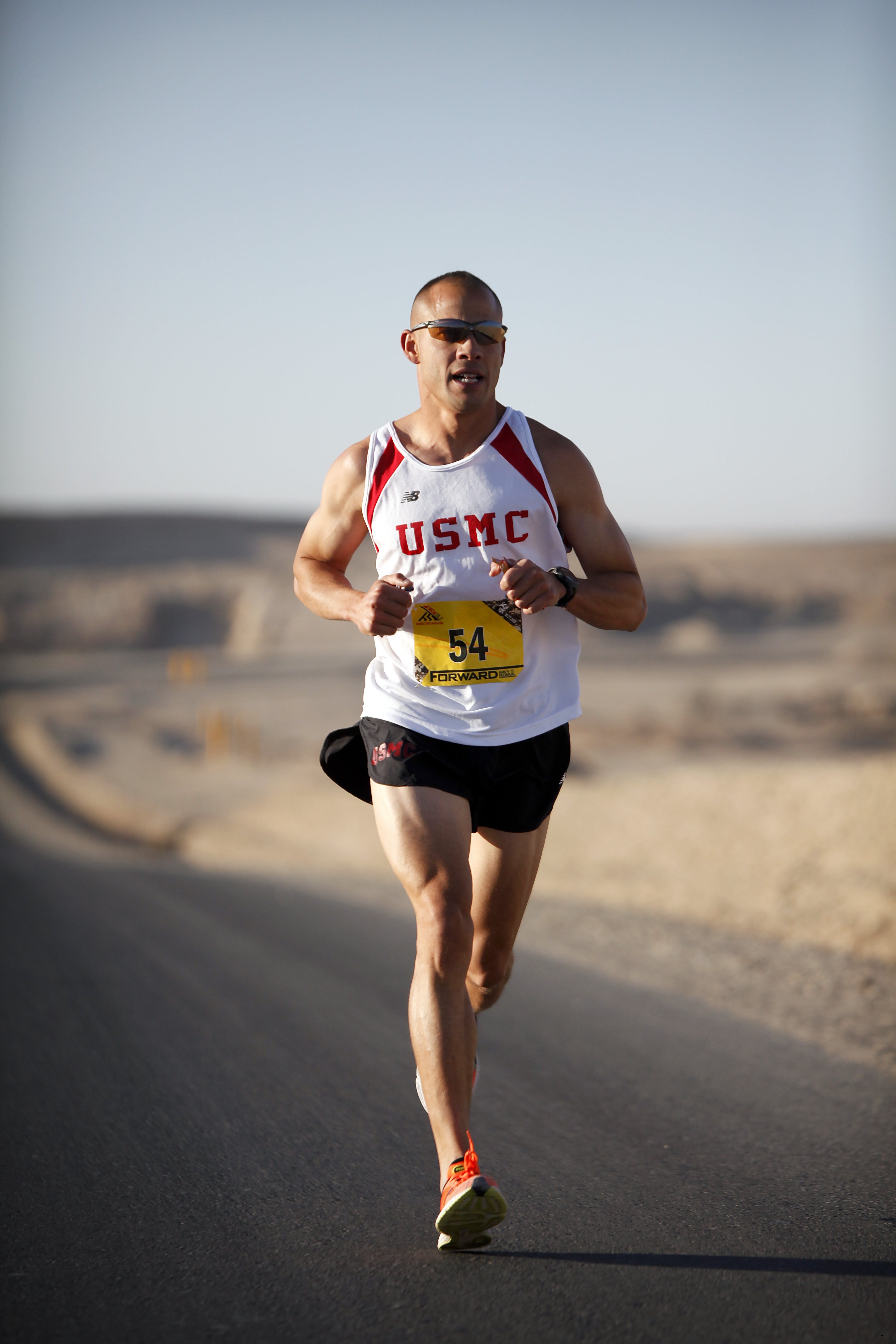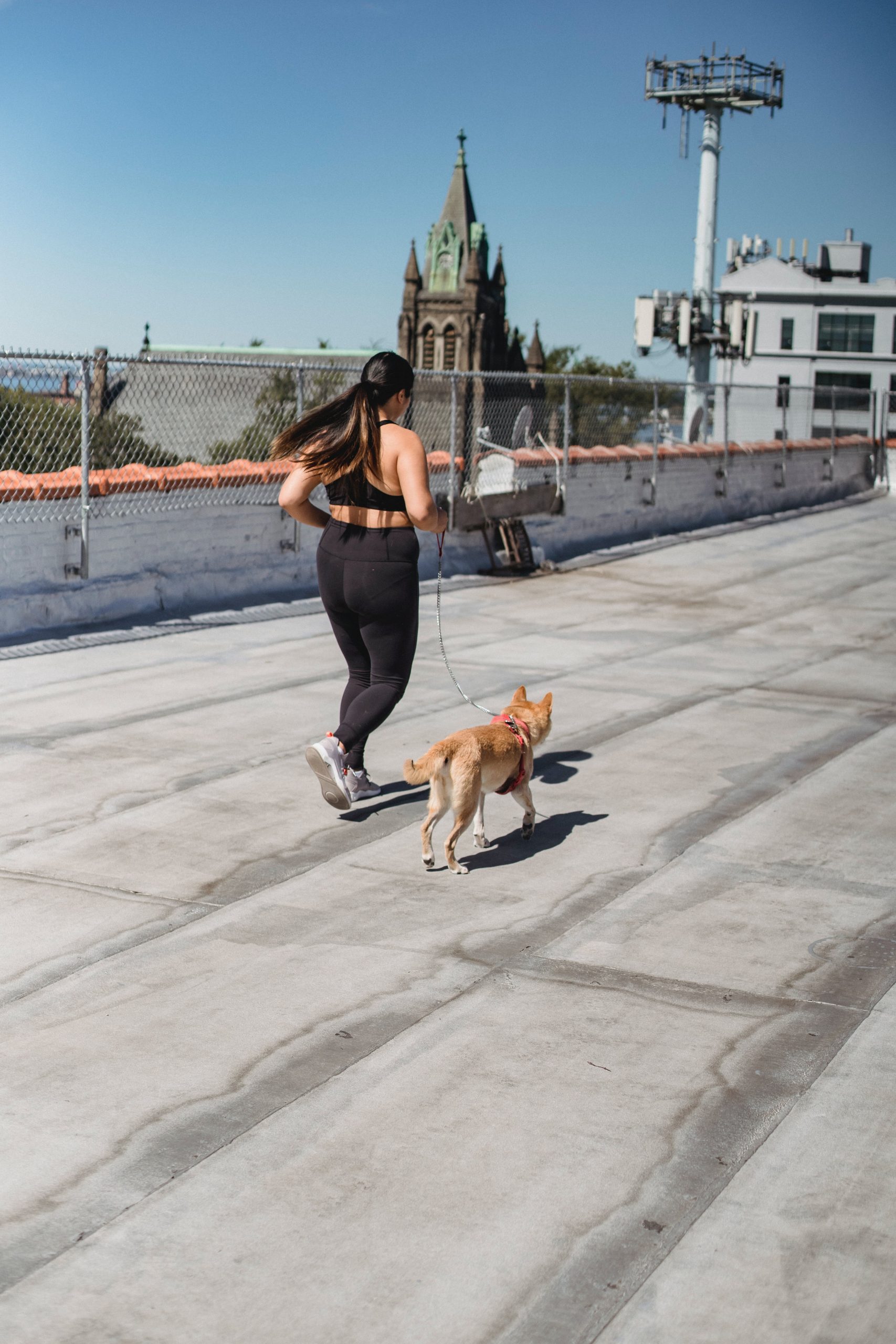Runner’s knee, also known as patellofemoral pain syndrome, is a common ailment among runners and athletes. This condition is characterized by pain around the kneecap, which can significantly impact performance and the joy of running. Understanding the causes, symptoms, and preventative measures is crucial for anyone looking to maintain a healthy and active lifestyle. Runner’s knee often results from overuse, misalignment, or muscle imbalances, making it essential to address these factors through targeted exercises and proper training techniques.
At Run Just For Fun, we believe in empowering runners with the right knowledge and tools to overcome such challenges. Our comprehensive PDF guide on essential runner’s knee exercises is designed to help you alleviate pain, strengthen your muscles, and enhance your overall performance. Visit our website to learn more and get started today! Click here.
Importance of Targeted Exercises

When dealing with runner’s knee, incorporating targeted exercises into your routine is crucial. These exercises are designed to address the specific muscles and biomechanics that contribute to the condition. By focusing on strengthening the quadriceps, hamstrings, hip abductors, and core muscles, you can improve your knee stability and reduce the stress on your patellofemoral joint.
In addition to strengthening, stretching exercises play a vital role in maintaining flexibility and preventing muscle tightness, which can exacerbate knee pain. For instance, stretching the iliotibial (IT) band, calf muscles, and hamstrings can alleviate tension and promote better alignment of the knee joint during movement.
Furthermore, targeted exercises also aid in correcting any muscle imbalances that might be contributing to your knee pain. Imbalances often occur due to overuse of certain muscle groups while neglecting others, leading to improper movement patterns and increased risk of injury. By incorporating a balanced workout regime, you can ensure all muscle groups are equally strong and flexible, thus promoting better overall knee health.
Whether you’re recovering from an injury or aiming to prevent one, understanding the importance of these exercises can make a significant difference. They not only help in pain relief but also enhance your running efficiency and performance, allowing you to enjoy your runs without the constant worry of knee pain.
Warm-Up Techniques for Runners
Before diving into your run, it’s essential to engage in effective warm-up techniques to prepare your body for the physical activity ahead. A proper warm-up increases your heart rate, enhances blood flow to your muscles, and improves your range of motion, which can significantly reduce the risk of injury.
Start with some dynamic stretching exercises like leg swings, walking lunges, and high knees. These movements help to activate the muscles you’ll be using during your run, particularly your quadriceps, hamstrings, glutes, and calves. Dynamic stretching is preferable to static stretching before a run because it keeps your muscles engaged and ready for action.
Next, consider incorporating some light cardio activities such as brisk walking or a gentle jog for about 5-10 minutes. This not only warms up your muscles but also gets your cardiovascular system in gear, ensuring that your body can efficiently deliver oxygen to your working muscles once you start running at a higher intensity.
Another effective technique is performing mobility exercises targeting your hips, ankles, and knees. Exercises like hip circles, ankle rotations, and knee lifts can improve joint flexibility and mobility, allowing for smoother and more efficient running mechanics.
Finally, don’t forget to include some activation exercises such as glute bridges and clamshells. These exercises help to wake up your stabilizing muscles, ensuring they are ready to support your joints and maintain proper alignment throughout your run.
By dedicating a few minutes to a well-rounded warm-up routine, you can enhance your running performance and minimize the likelihood of experiencing injuries, making your runs safer and more enjoyable.
Top Exercises for Runner’s Knee Relief

Dealing with runner’s knee can be frustrating, but incorporating specific exercises into your routine can help alleviate pain and prevent future issues. Here are some of the top exercises for runner’s knee relief:
- Quad Sets: Sit with your legs extended and press the back of your knee down towards the floor while tightening your quadriceps. Hold for 5-10 seconds and repeat 10-15 times. This exercise helps to strengthen the quadriceps without putting much strain on the knee.
- Clamshells: Lie on your side with your legs bent at a 90-degree angle. Keeping your feet together, lift your top knee as high as possible without shifting your pelvis. Lower slowly and repeat 10-15 times on each side. Clamshells target the gluteus medius, which helps stabilize the knee.
- Step-Ups: Find a sturdy platform or step. Step up with one foot, then bring the other foot up to meet it. Step down one foot at a time. Perform 10-15 repetitions per leg. This exercise helps to build strength in the quadriceps, hamstrings, and glutes.
- Side-Lying Leg Lifts: Lie on your side with legs straight. Lift your top leg as high as possible without rolling your hips. Lower slowly and repeat 10-15 times on each side. This exercise strengthens the hip abductors, which are crucial for knee stability.
- Calf Raises: Stand with your feet hip-width apart. Slowly rise onto your toes, then lower back down. Perform 15-20 repetitions. Strong calves can help absorb the impact of running and reduce stress on the knees.
Incorporating these exercises into your routine can help you manage and relieve runner’s knee pain. Consistency is key, so aim to perform these exercises several times a week to see the best results.
Stretching Routines to Prevent Injury

Stretching is a crucial component of any runner’s training regimen, particularly for preventing injuries. Engaging in regular stretching routines can help improve flexibility, increase range of motion, and reduce muscle tightness. Below are some essential stretches tailored for runners:
- Hamstring Stretch: Sit on the ground with one leg extended and the other bent, with the foot touching the inner thigh of the extended leg. Reach for the toes of the extended leg, keeping your back straight. Hold for 20-30 seconds and switch sides. This stretch targets the hamstrings, which can become tight from running.
- Calf Stretch: Stand facing a wall with your hands against it. Step one foot back, keeping it straight and the heel on the ground. Bend the front knee and lean forward until you feel a stretch in the calf of the back leg. Hold for 20-30 seconds and switch sides. This stretch helps to loosen up the calves, which bear a significant load during running.
- Quad Stretch: Stand on one leg, using a wall or chair for balance if needed. Pull your other foot towards your buttocks, holding the ankle with your hand. Keep your knees close together and push your hips forward slightly. Hold for 20-30 seconds and switch sides. Stretching the quadriceps helps in maintaining knee health.
- Hip Flexor Stretch: Kneel on one knee with the other foot in front, forming a 90-degree angle. Push your hips forward gently while keeping your back straight. Hold for 20-30 seconds and switch sides. This stretch targets the hip flexors, which can become tight from prolonged sitting and running.
- Iliotibial (IT) Band Stretch: Stand with your feet together. Cross one leg behind the other and lean towards the front leg, reaching down towards your toes. Hold for 20-30 seconds and switch sides. The IT band can become tight and cause knee pain, making this stretch particularly important for runners.
Integrating these stretching routines into your post-run cooldown can help keep your muscles flexible and reduce the risk of injury. Remember to perform each stretch slowly and avoid bouncing to prevent straining your muscles.
How to Use the PDF Guide Effectively

With the comprehensive runner’s knee exercises PDF now in your possession, it’s essential to know how to use it effectively to maximize your benefits. This guide is designed to be your go-to resource for alleviating knee pain and enhancing your running performance.
Here are some tips to get the most out of your PDF guide:
- Follow a Regular Schedule: Consistency is key when it comes to exercise routines. Allocate specific days and times in your week to perform the exercises outlined in the guide. This will help you develop a habit and see improvements more quickly.
- Warm-Up Properly: Always start with a proper warm-up before diving into the exercises. A good warm-up increases blood flow to your muscles, making them more pliable and less prone to injury.
- Focus on Form: The PDF guide includes detailed instructions and illustrations to help you understand the correct form for each exercise. Pay close attention to these details to ensure you’re performing each movement correctly to avoid further injury.
- Track Your Progress: Use a journal or an app to track your progress. Record the exercises you do, the number of sets and reps, and any notes on how you felt during the session. This will help you monitor your improvements and adjust the routine as needed.
- Combine with Stretching: Incorporate the stretching routines discussed in the previous section to complement your strengthening exercises. This holistic approach will ensure better muscle balance and injury prevention.
- Stay Hydrated and Nourished: Proper hydration and nutrition are crucial for muscle recovery and overall performance. Ensure you’re drinking enough water and eating a balanced diet to support your exercise regimen.
By following these tips, you can make the most out of your runner’s knee exercises PDF and take significant strides towards a pain-free and enjoyable running experience.
Visit our website to learn more and get started today! Click here.


